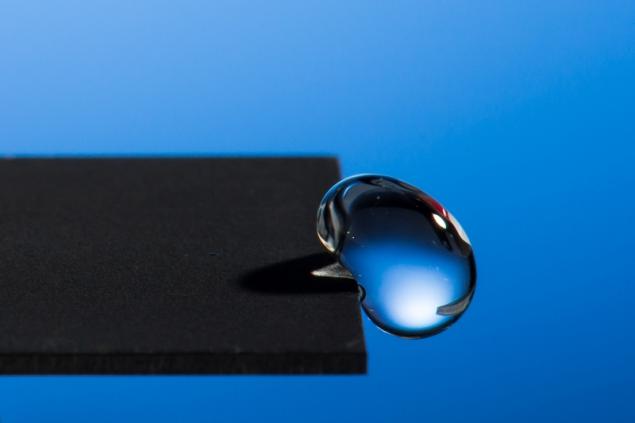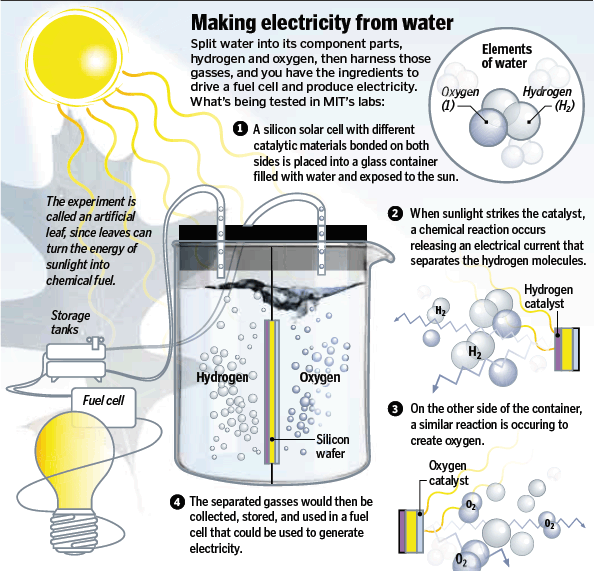Technology of nature
 Bashny.Net
Bashny.Net

We - the children of technological civilization. Throughout its history, humanity is trying to "rein in" nature, to become a "master", recklessly extract resources, considering himself something separate from the planet's ecosystems. However, the truism "we - part of nature" does not cease to be the truth of this. And at times it manifests itself in the fact that we borrow from nature or that idea, not being able to successfully solve some task. Often, even pretty well.
The evolution of living beings on the earth lasts about 3, 8 billion years. Countless species appear and disappear, new bodies, mechanisms of adaptation, behavioral patterns. Everything is honed over a huge, by human standards, the time period. The modern living world is packed with ideas, solutions, algorithms and technologies that are just waiting to be noticed and used where appropriate.
The most famous example of borrowing ideas from nature - the plane. The configuration, which became the basis for the vast number of aircrafts that are heavier than air, copies birds wings, fuselage (body), tail unit to stabilize in flight. Wing profile providing lifting force also taken from birds.

Another example of a "natural" technology is used daily by hundreds of millions of people around the world. "Velcro", she Velcro (Velcro, combination of words velvet a > and crochet (fr.)) - type fasteners, designed in 1948 by George de Mestral Swiss (George de Mestral). Legend has it that the idea of "Velcro" George came to a head after another walk with the dog, when he had to clean the clothes and hair of the pet Repev.

After examining the plant under a microscope, George found little hooks at the ends of narrow leaves. Then we began to experiment with different materials, which led to the creation of a modern version of the "Velcro" of nylon and polyester.

Recent advances in creating superhydrophobic coating is also largely made possible by natural design.

The bottom line is that the surface of the material is covered by a myriad of nanovoloskov / tubes some form, creating a kind of air space between the material itself and strike it with liquid. As a result of surface wetting occurs. If the angle between the droplet and the wall surface exceeds 90 degrees, the coating is considered hydrophobic, and under certain conditions it can still be wet. If the angle is greater than 150 degrees, it's a superhydrophobic coating that never gets wet.


Far less is known another example of borrowing natural technology - creating an artificial leaf . Researcher Daniel Nocera (Daniel Nocera) managed to create a relatively cheap construction of the electric battery, operating on the principle of tree leaf.

Apparatus size of a playing card includes a silicone substrate, control electronics and catalysts made from nickel and cobalt. Placed in a container of water (about 3, 5 L) and exposed to the sun, such artificial leaves begin to decompose water into hydrogen and oxygen. And they, in turn, must accumulate in the cylinders and feed the fuel cell, producing electricity. Four years ago prototype artificial sheet could run for 45 hours with no loss of productivity was approximately 10 times more effective than the sheet present, chlorophyll. According to the developer, one such list could generate enough hydrogen and oxygen for the daily supply of electricity of the average American country house.

For the last ten years, scientists are paying a lot of attention a little slow reptiles - gecko. He is able to move around quite smooth vertical surfaces, such as glass. Only recently found out how he does it: gecko feet are covered with tiny hairs on the ends of the blades which are flat-leaves. They are so small that between them and the surface having van der Waals force - interatomic forces of attraction. The attraction of the blade is very small, but the amount they charge. As a result, the gecko enough "tacky" to crawl on the glass like a fly. Since the discovery of this effect, many research groups around the world are trying to create a rather effective artificial analogues. There are already some pretty deep-developed inventions, for example, Geckskin . It is a flexible tape, which can be "glued" to any smooth surface enough to withstand a decent load. Naturally, no glue, in fact, is not used.
Birds have inspired people not only on the flights. Florida Institute study of people and machines (Florida institute for human & machine cognition, IHMC ) in conjunction with MIT and DARPA are developing very fast running robot. The inspiration for the researchers was the ostrich. And they have managed to achieve impressive results:

Modern robotics in general is experiencing a great impact from natural solutions. For example, when creating a midget flying drones / robots - micro-UAV - developers time and again turning to the subject of ornithology and entomology. This is quite logical: no one better insect has not mastered the airspace near the ground, and on a larger scale poultry reign supreme.
You can enumerate a long time. We borrow form the device, the principles of interaction, behavior patterns, and more. But somehow still consider themselves masters of nature. It is time to recognize that this is not so, the nature of a patient and indulgent to us. Perhaps the transition from borrowing ideas to the biosphere-friendly technologies will save at least part of our usual habitat. For example, the introduction of a truly biodegradable packaging - this alone will make a huge contribution to the bright future of mankind.

Source: geektimes.ru/company/mailru/blog/252388/
Tags
See also
The oldest technical museum in Europe
Photo
The photos that shocked the world (34 photos)
20 books that we recommend Mark Zuckerberg
Rotting on the way to the plate or you are what you eat
The unique human situation by Erich Fromm
Rotting on the way to the plate
Civilization V will be used for instruction in schools
MYTH: "My ancestors ate meat for centuries
These people have come to kill us. Social advertising in support of a poisoned population of Bhopal

















